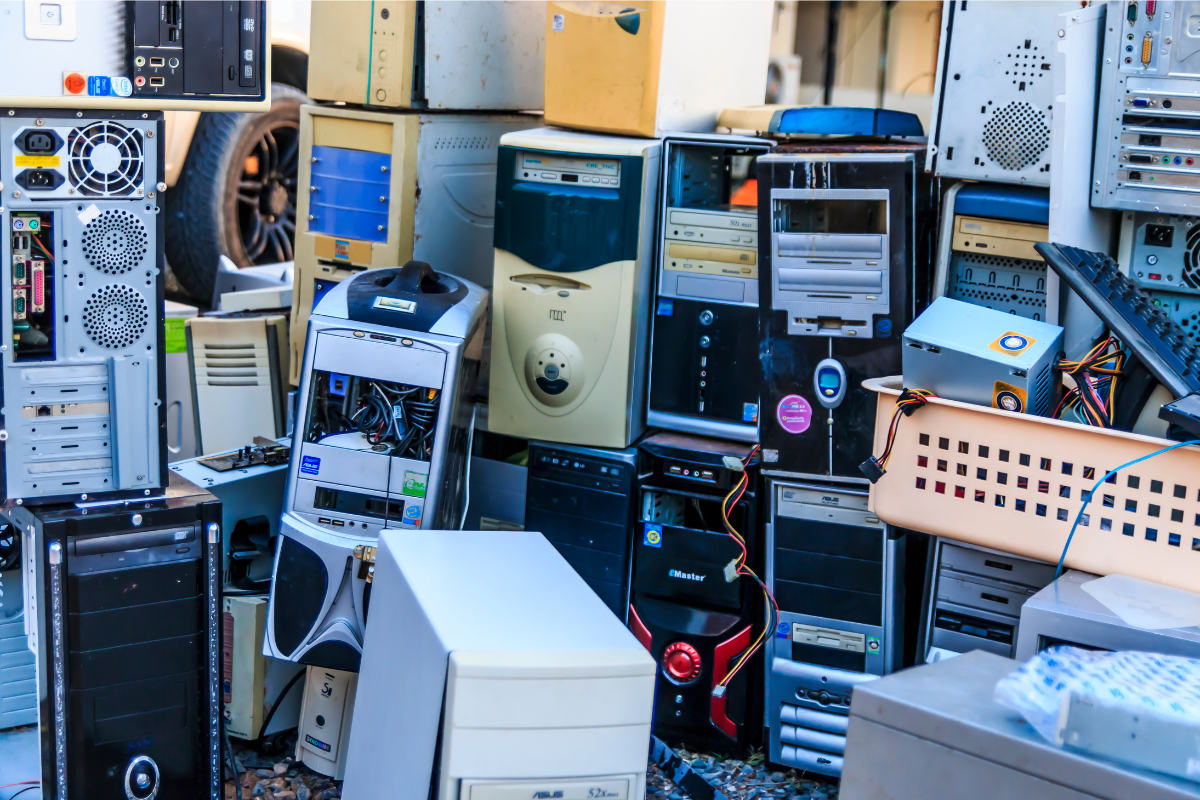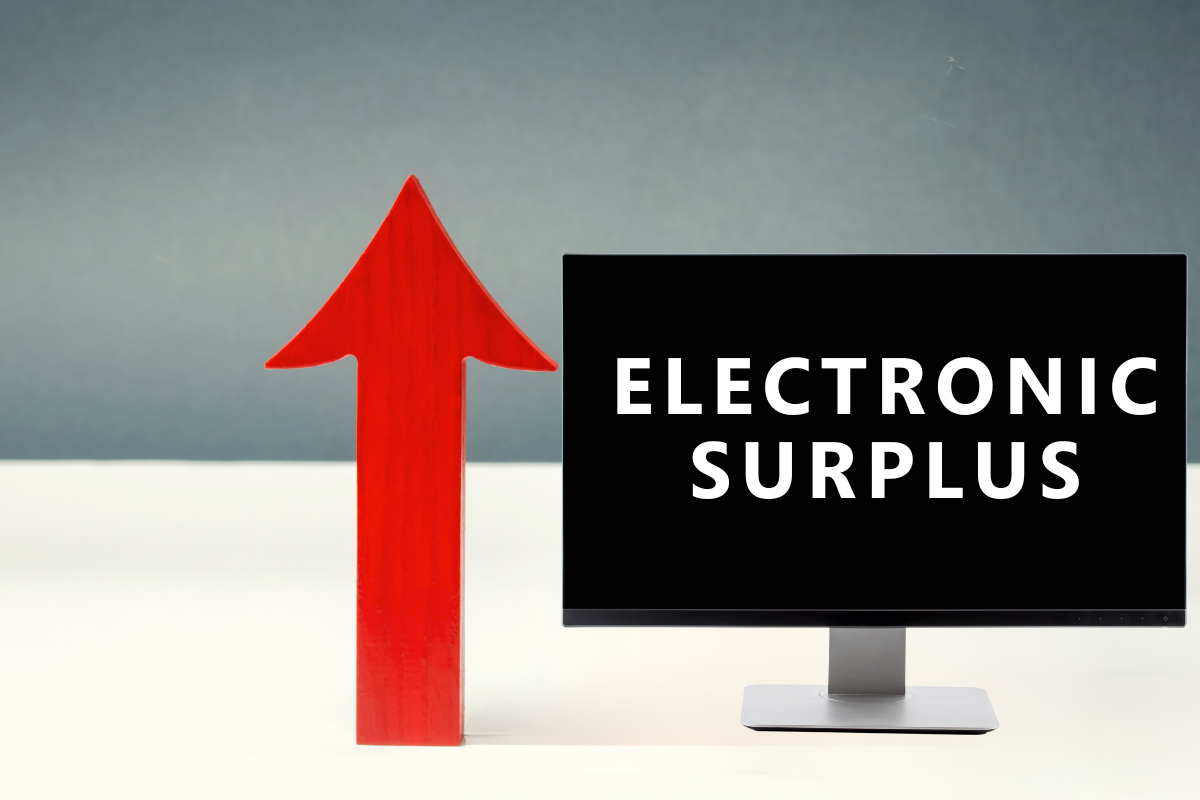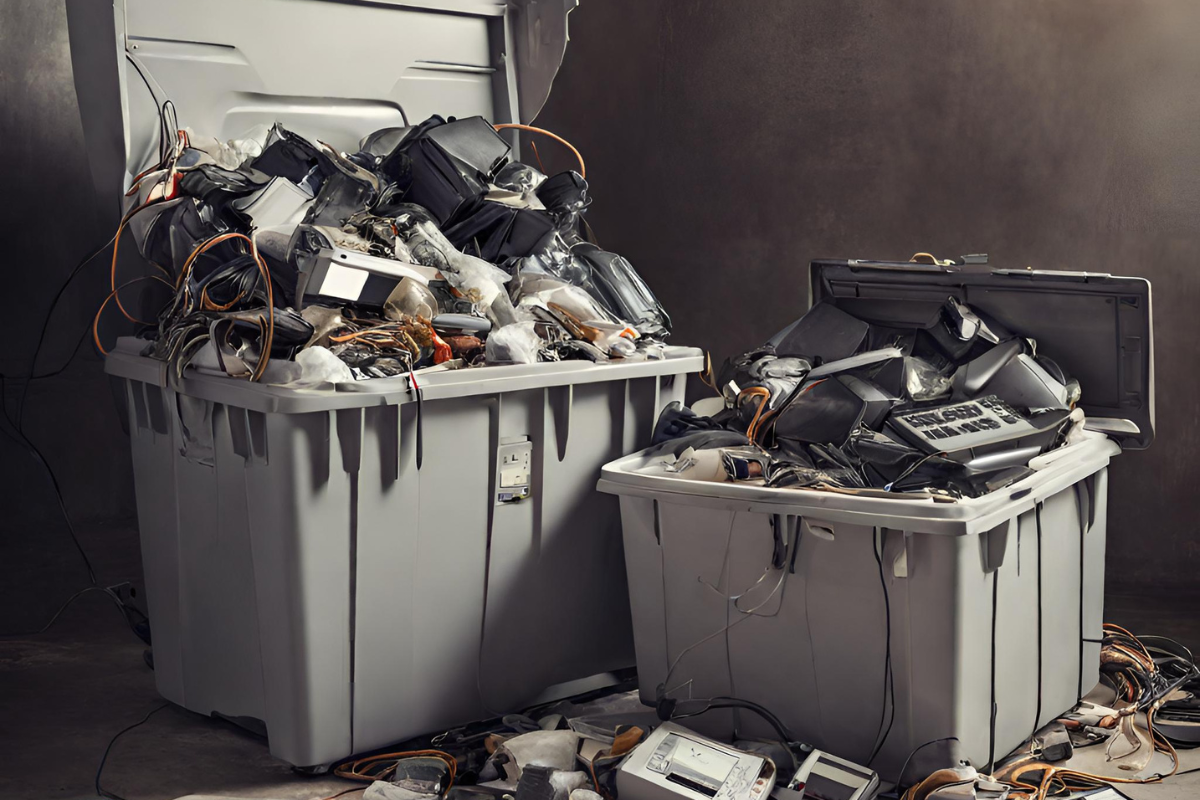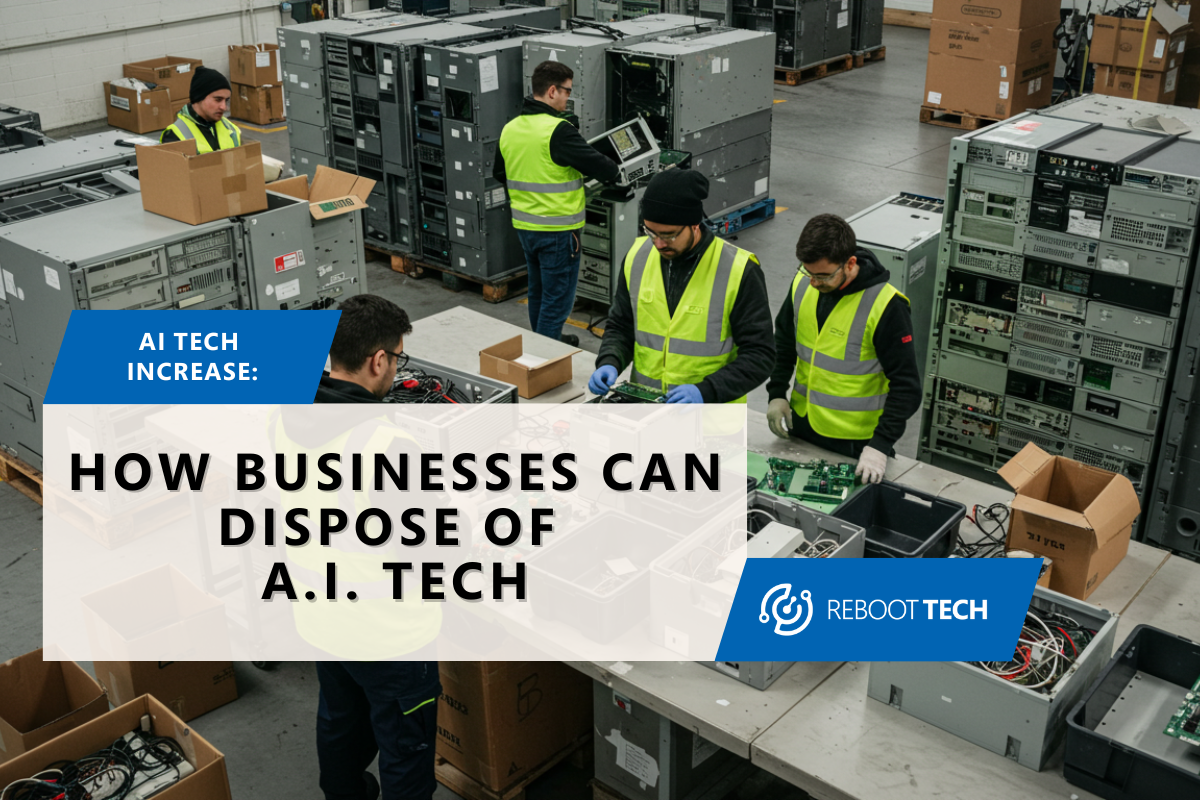
How Your Business Can Handle Electronic Surplus
Are you struggling with an excess of electronics and you don’t know what to do with it? Well, you’re not alone. In fact, many businesses end up throwing away their old electronics that are no longer useful. This has become so much of a problem, that it has led to an e-waste volume of 13.13.1 million tons in 2019.
It’s understandable though because most businesses and industries heavily rely on technology, which keeps evolving quickly. Businesses often end up with many unused electronic devices. From old computers to outdated gadgets, electronic surplus is common. However, handling this surplus well is key to reducing waste and getting the most value.
Electronic surplus is the extra electronic equipment that piles up in a business over time. As tech keeps advancing, businesses upgrade their devices, leaving behind old ones. What some people don’t realize though, is that your old electronics that don’t work anymore, actually still have a lot of value.
Here’s another shocking fact, did you know that the U.S. alone produced $7.5 billion worth of raw materials from e-waste, and it was simply thrown away? In this blog, we’ll go into why an overflow storage of electronics is so common, and the many ways to deal with this problem for your business.

Why Electronic Surplus Is Common
Businesses often choose to throw away old electronics when they get new ones, thinking it’s the easiest option. Some people or businesses may not care because they don’t see the immediate effects on the environment. That, or they don’t know about the value of waste materials and the money back they can get from their old devices instead of just throwing them in the garbage.

This type of mindset is why e-waste is currently our fastest-growing waste stream on the planet. There’s also this fear that properly dealing with it will be a hassle. If you’re a busy person, you wouldn’t want to waste your time when you can do the more convenient thing, which is throwing it away or donating it. The thing is that there are many ways to properly dispose of your electronics, get your money back, and help the planet without it being a hassle.
ITAD and Its Benefits
The first option, which is especially good for businesses, whether you’re a small business owner or a big one. IT Asset Disposition (ITAD) provides a complete solution for handling electronic surplus. It includes safely disposing of old IT equipment to protect data and meet environmental rules. By teaming up with a trusted ITAD provider, businesses can simplify the disposal process, get the most value from their assets, and reduce harm to the environment.
Proper Disposal through Recycling
One of the most effective ways to handle electronic surplus is by working with certified e-waste recycling facilities. These companies specialize in responsible electronics recycling, extracting valuable materials, and waste management. Some places specialize in proper collection and recycling programs, and ITAD so that you don’t have to be in business with multiple companies. Companies like Reboot Tech can destroy your data, recycle your devices, and provide an ITAD service.
By choosing a certified recycling partner, businesses can ensure that their surplus electronics are disposed of in an environmentally friendly manner, reducing the risk of pollution and supporting sustainability efforts.

Selling or Trading Old Electronics

Another way to manage extra electronics is by selling or trading old devices for new ones. Often, businesses don’t realize the value of their surplus electronics, which can be refurbished or repurposed for resale. By exploring resale options, businesses can recover some of their investment and support a circular economy.
We still recommend that you get your items refurbished by a certified company. It’s important that you get your data properly destroyed so that hackers can’t access it. It’s vital we don’t get caught up in getting our money back without taking all the necessary precautions to keep our sensitive information safe.
Creative Uses for Old Parts
Another way to deal with your old electronics is through a creative solution. Apart from selling, extra electronics can be used in marketing and content creation. Social media and content creation are some of the best ways of getting your brand out there to other audiences. Think of any old parts that you have that you can reuse and turn into content if it’s relevant to your business.
For instance, a photo studio might repurpose old cameras for displays or use outdated ones for photo editing tutorials. Or let’s say, you’re an IT company and have some old computers or mobile phones. Maybe you can use them to film a 30-second reel of someone trying to hack into it. Or take some professional photographs of old equipment and use them as stock photos for email campaigns. These small things can help businesses boost their brand image and engage with their audience in unique ways.

Storage for Future Use
Finally, businesses might opt to store extra electronics for future needs. These devices can act as backups or be reused for upcoming projects. By storing them wisely, businesses can delay disposal and make the most of future chances.
Maybe one day, you need some extra RAM or need to replace your graphics card because it died on your computer. This is where saving those small parts can come in handy!

In summary, managing electronic surplus effectively demands a strategic method that focuses on environmental care and resource efficiency. Through ITAD services, collaboration with certified recyclers, resale options exploration, and inventive repurposing of surplus electronics, businesses can enhance value while reducing waste. Together, we can protect our environment by getting rid of our -e-waste correctly. While you’re helping out the planet, you can also strengthen your business.





